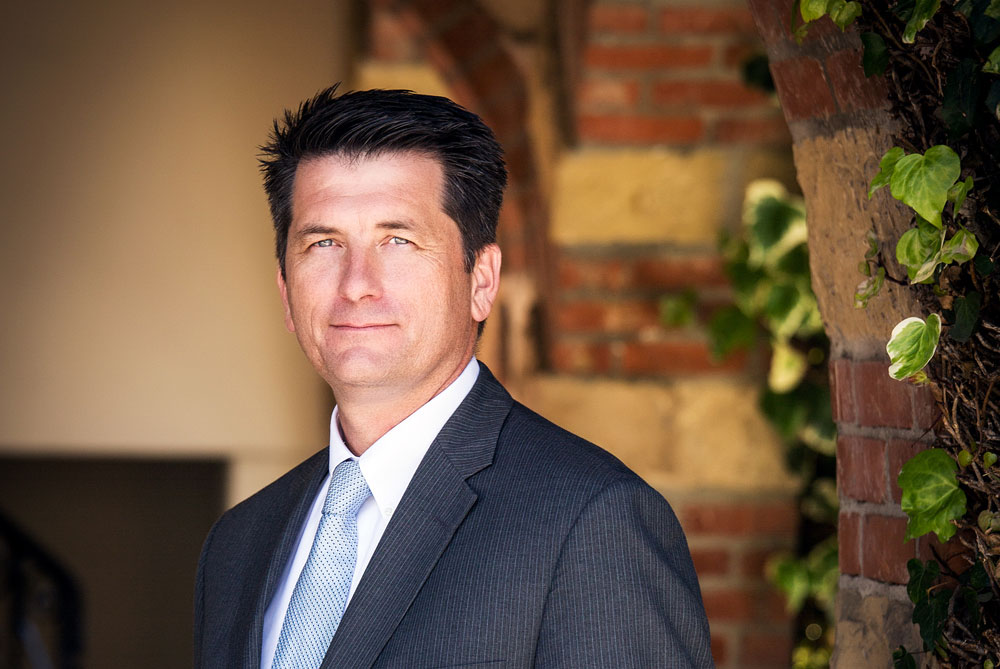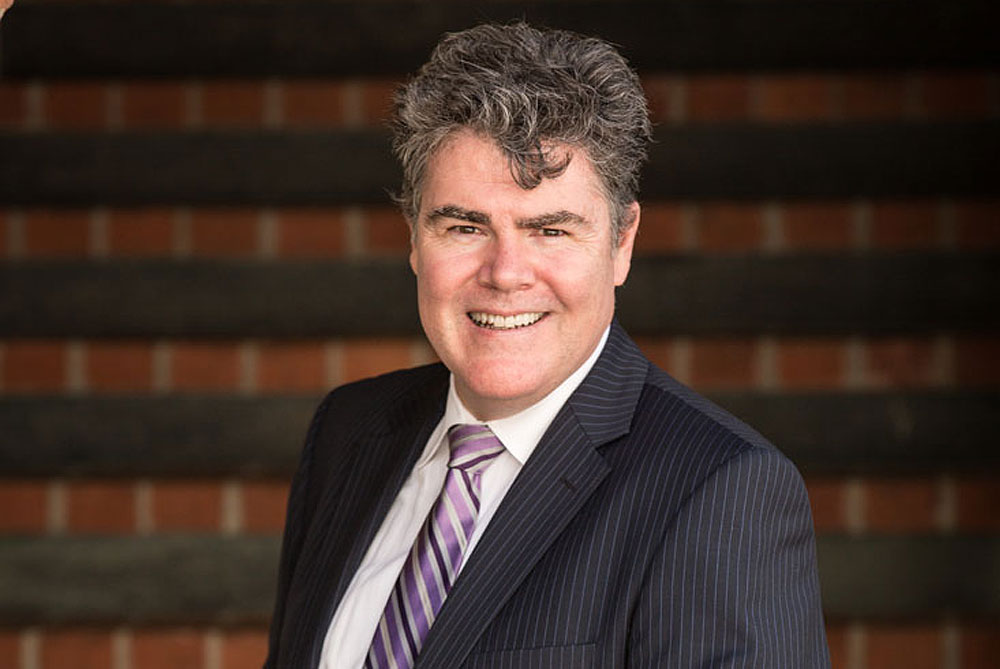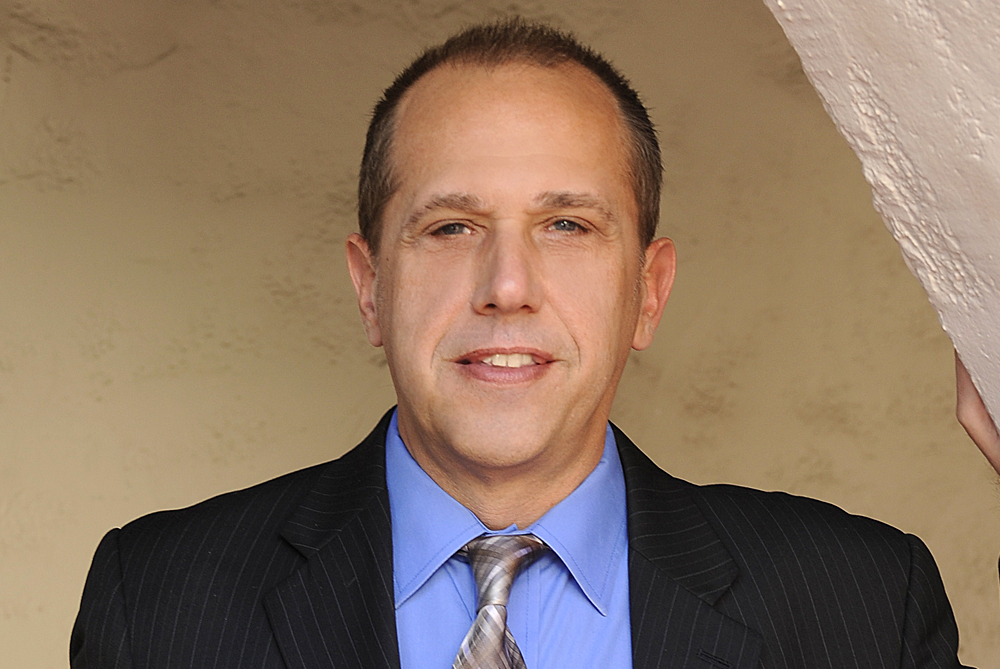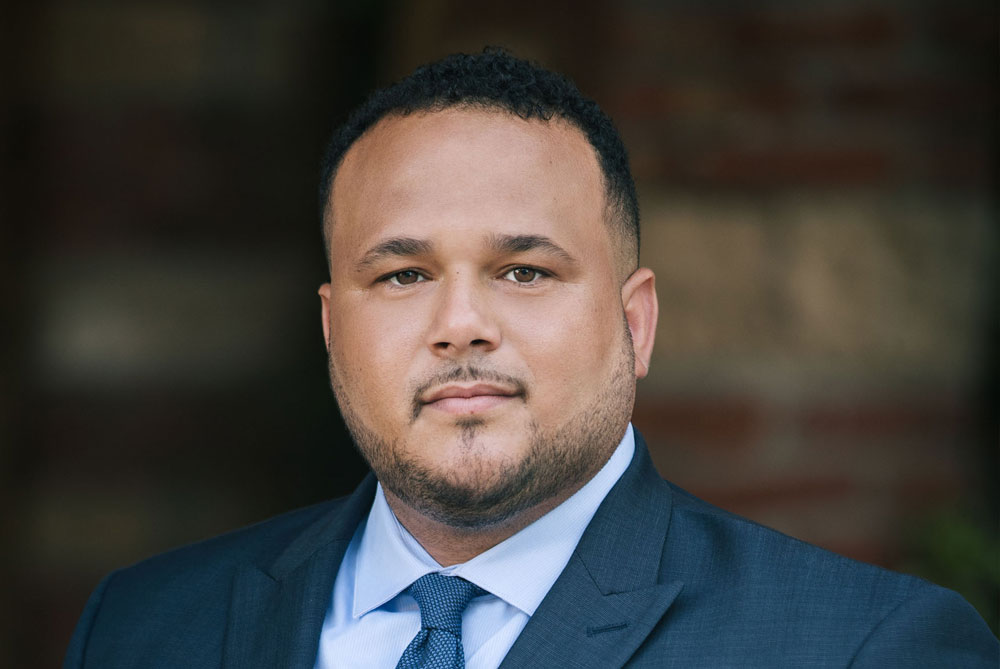When someone decides to bring a whistleblower claim in California, they must be prepared to present strong and reliable evidence. Whistleblowing means calling out illegal or unfair practices within a company or organization. The person reporting might witness things like fraud, safety violations, or any actions against the law. However, it is not enough just to say something is wrong. For a successful whistleblower claim, you need well-documented proof that backs up your claims. The evidence must clearly show what happened, who was involved, and why it goes against company policies or state or federal laws. Documenting this evidence can be a long process, but it is essential for building a strong case.
It is important to remember that documentation can help protect the whistleblower from retaliation. Employers may try to punish someone for speaking up, but California laws provide protections. The laws can help, but they only work well if the whistleblower has documented proof of what they are saying. In this guide, you will learn about different types of evidence to gather, how to collect it safely, and the best ways to keep your documentation organized. At, The Myers Law Group, APC, we are here to guide you through the legal process and help you navigate the complexities of your case.
Understanding the Types of Evidence for a Whistleblower Claim
For a whistleblower claim to hold up in California, the evidence must be clear, detailed, and accurate. Different types of evidence can help show that illegal or unethical actions took place. One common type of evidence is written communication. Emails, memos, and reports that contain suspicious information or show inappropriate behavior are often strong pieces of evidence. These can show what the employees or supervisors said and did, providing a trail that supports the whistleblower’s claim.
Another type of evidence is official documents. These could be reports, invoices, financial statements, or safety inspection records. Any document that shows a violation, whether it involves mismanagement of funds or ignored safety protocols, could be helpful. Financial records, for example, might show that a company is hiding funds or reporting false profits. Inspection records could reveal that a workplace ignored safety rules, putting employees at risk.
Whistleblowers may also consider gathering witness statements. If other employees or supervisors saw the same issues, their statements could provide additional support. It is not always easy to get people to speak up, but their words could add another layer of proof to the case. Witness statements can show that multiple people noticed the problem, which can make the claim stronger.
Keeping Records of Dates and Times
Another key part of documenting a whistleblower claim is keeping track of dates and times. Specific dates and times show that the whistleblower was present when events happened and provide a timeline that explains the sequence of actions. For example, noting the exact date an unsafe event took place or when a questionable email was sent can make a big difference. A detailed timeline can help the person reviewing the case understand what led up to the whistleblower’s decision to report.
Whistleblowers should also record any changes in their own work conditions after they report a problem. California laws protect whistleblowers from retaliation, such as being demoted or fired. If a whistleblower starts noticing changes in their role or is given fewer responsibilities after reporting, these changes should be documented. These records can help show that the employer is trying to punish them for speaking up. Dates, times, and specifics are key because they show a pattern of events that could make the claim more credible.
Safely Collecting Evidence for a Whistleblower Claim
Collecting evidence should be done carefully to avoid risks to both the whistleblower and the evidence itself. To begin with, never use company-owned equipment for recording evidence, like workplace computers or phones. Companies often have the right to monitor their devices and could discover that an employee is collecting evidence. Instead, it is safer to use personal equipment. For example, if there is an important email that needs to be saved, forwarding it to a personal email account may protect it better than saving it on a work computer.
Another point to remember is to never alter the evidence. Changing anything, even a small detail, can weaken the claim. Evidence must stay exactly as it is found to be useful. This rule also applies to witness statements and written records. If a person remembers something important later, they should add a new note rather than trying to rewrite the original.
Whistleblowers must also be careful not to violate privacy or confidentiality rules. Taking evidence is necessary, but it is important to do it in a way that follows company policies and California laws. Gathering evidence that is already public or is part of regular work tasks is often acceptable. However, sneaking into restricted areas or taking documents that are confidential could cause legal problems. If unsure about what is allowed, consulting with a legal advisor may be helpful.
Organizing Evidence for Clear Presentation
Once the evidence is collected, organizing it in a way that makes sense is the next step. Evidence that is well-organized makes the case stronger and easier to follow. A logical organization can help the reviewer quickly understand the main points of the claim. One common method is to sort evidence by type, such as emails, official documents, witness statements, and personal notes. Each category of evidence can be placed in separate folders or sections, whether physical or digital.
Another useful way to organize evidence is chronologically, starting with the earliest piece of evidence and ending with the most recent. A chronological order shows how events unfolded over time and can highlight patterns of misconduct. For instance, if there are records of repeated safety violations over several months, this timeline could reveal that the problem was ongoing.
Every piece of evidence should be labeled clearly with dates, names, and descriptions so that each document is easy to find. If any specific piece of evidence is particularly strong, like an email where a manager admits wrongdoing, it can be highlighted or noted for easy reference. Staying organized helps ensure that no important information is lost or overlooked.
Why Legal Guidance Matters in Whistleblower Cases
Bringing a whistleblower claim can be a complicated and emotional process. The decision to speak out against wrongdoing in the workplace is not easy, and there can be risks involved. Although California law provides certain protections, employers might still try to intimidate or retaliate against whistleblowers. Having legal guidance can make this process smoother and less stressful. An attorney with knowledge of whistleblower laws can explain the steps involved, review the evidence, and help the whistleblower prepare for potential challenges.
An attorney can also assist with ensuring that evidence is handled correctly. They can advise on whether additional evidence is needed, if certain documents are strong enough, and how to handle sensitive materials. Sometimes, attorneys can also help in dealing with the employer directly. They may send formal notices to protect the whistleblower from immediate retaliation or negotiate terms that help keep the workplace environment professional. Legal guidance does not just make the process easier; it also gives the whistleblower a better chance of success by making sure all parts of the case are prepared correctly.
Maintaining Confidentiality Throughout the Process
Confidentiality is essential in any whistleblower case. A whistleblower claim often involves sensitive information about a company or organization, and leaking this information carelessly could have consequences. It is important to discuss the claim only with trusted individuals, such as an attorney or close family members. Talking too openly about the claim could make it harder to move forward, especially if it reaches people within the company.
For additional protection, it may be helpful to document who knows about the claim. Keeping track of everyone informed can help avoid unnecessary risks. If the whistleblower has to share evidence with other people, they should do so in a controlled and confidential manner. Maintaining confidentiality not only protects the whistleblower’s identity but also shows respect for the seriousness of the claim. The goal is to handle everything professionally while reducing risks.
What to Do When Facing Retaliation for Whistleblowing
In some cases, a whistleblower may experience retaliation from their employer. California law protects employees who report illegal or unethical practices, but retaliation still happens. Retaliation might include things like being excluded from projects, receiving unfair evaluations, or even being let go. If a whistleblower experiences retaliation, it is important to document these actions carefully. Evidence of retaliation can support the whistleblower claim by showing the negative response from the employer.
Each instance of retaliation should be recorded, including dates, times, and specific details of what happened. If any colleagues witnessed the retaliation, their statements could add support. Whistleblowers facing retaliation should consider speaking with their attorney as soon as possible. An attorney can provide advice on how to handle the situation and may be able to take action that protects the whistleblower from further harm.
If you are considering a whistleblower claim or if you are experiencing retaliation in your workplace, The Myers Law Group, APC can provide the guidance and support you need. Our team understands the importance of protecting employees who courageously report illegal or unethical practices. We are here to help you document your evidence, understand your rights, and move forward with confidence. Let The Myers Law Group, APC stand by your side and help you build a strong case. Reach out to us today to ensure your voice is heard and your rights are protected.










